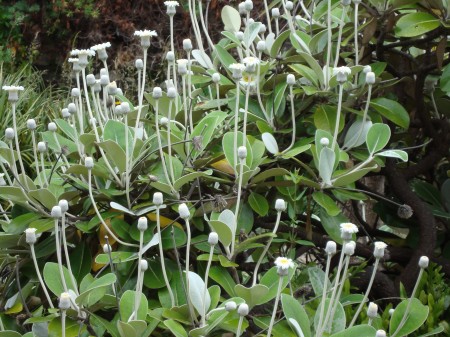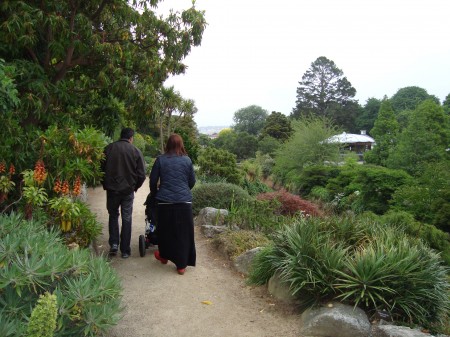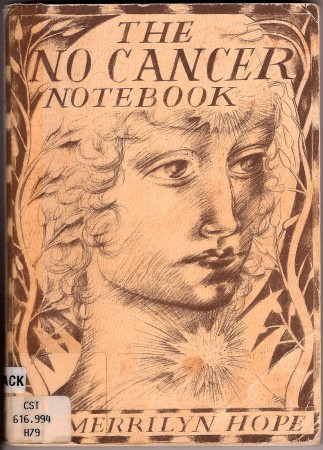The Yoga Cooling Breath – Sheetali Pranayama
Yoga Technique To Enhance Vitality, Induce Mental Calmness And Normalize Blood Pressure
Sheetali Pranayama is an age-old practice which is included in the teachings of Satyananda.
Sheetali Pranayama will noticeably reduce high blood pressure even after one or two practices of the method. Over time, if you practice it regularly on a daily basis, you will find that your general health will improve, and that your blood pressure will also improve. Of course, attention to the diet and minimizing any activities which cause your blood pressure to rise are also important in achieving a balanced state.
Basically, this is a very easy exercise to perform. There are some added sophisticated yoga techniques which you could add to the exercise if you wish to take your yoga practice seriously.
But here I will give the simple, basic method which is effective in calming the mind and in helping to reduce blood pressure, and which anyone can do easily without any prior knowledge of yoga technique.
First, make yourself comfortable, either in a chair, or in your favourite meditation pose.
Take two or three slow deep breaths to clear your lungs of air and prepare for the Sheetali pranayama cooling breath.
How To Perform The Sheetali pranayama Cooling Breath:
So now you are seated comfortably. Stick out the tongue a little, and make it into a tube shape. You are going to breathe in through this tube made by the folds of the tongue. Note: This is the only one of Satyananda’s yoga breathing techniques whereby the breath is taken inward through the mouth, and outward through the nose. It is the reverse of the usual method.
So – With the eyes closed, we take the breath in through the curl of the tongue, slowly and evenly. Hold the breath in briefly with the mouth closed. Then exhale evenly out through the nose.
Repeat.
Be Cautious – Build Up Slowly:
In the beginning, if your blood pressure is high, it might be best to perform only about three or four breaths using this curled tongue technique. Otherwise if you do too many at once, you might feel awfully light-headed or dizzy as the sudden burst of oxygen into the blood stream takes effect.
As your strength improves with building up your Prana, or nervous energy, you should be able to perform more breaths in the one sitting. In conjunction with regular pranayama practice, nine rounds is suggested by Satyananda.
For people suffering high blood pressure, Satyananda recommends building up the practice slowly for anything up to 60 rounds.
Many Benefits:
I find that the Sheetali pranayama Cooling Breath has many benefits. As well as the obvious effects in calming the mind and normalizing the blood pressure, it also oxygenates the blood, helps the eyesight, enhances the intuitive faculties, improves memory, and helps to improve the digestion. You will notice right away that saliva secretions increase as you perform the exercise. Stimulating the saliva glands in this way greatly helps the digestion. After a few days of practicing the Cooling Breath, you will become aware of other more subtle changes occuring throughout the system.
It can be a helpful technique for people suffering all kinds of degenerative disease, such as cancer and arthritis.
Merrilyn’s new book is out on Amazon:


Remember To Drink Plenty Of Water Daily: This helps keep the blood pressure stable. Take a glass of water immediately after performing the Sheetali pranayama cooling breath exercise.
Jalandhara bandha – The Chin Lock. If you wish, you could perform the Jalandhara bandha as you practice the Sheetali pranayama Cooling Breath.
You need to sit in a meditation pose for this, knees touching the floor if possible, and with the arms straightened out, hands holding the knees. Hunch up the shoulders so that the arms can become perfectly straight.
Close the eyes. You then inhale through the curled tongue, then, close the mouth whilst holding in the breath, and push the head forward so that the chin touches the chest.
Hold this position, with the breath retained inward, for as long as is comfortable. Then, still retaining the breath inside, slowly relax the pose, bringing the head up. Exhale slowly through the nose as you sit with the head erect.
Repeat.
It is important to remember that the head must be properly erect before breathing in or out. No breathing should be done whilst the head is down on the chest in the chin-lock.
Personally, I think that the chin-lock is a bit much for most people who are simply wanting to improve their blood pressure. It is not really necessary in order to achieve results.
But there we have it!!!!!!
See the deep relaxation technique which is also helpful for stabilizing blood pressure and calming the nerves:





